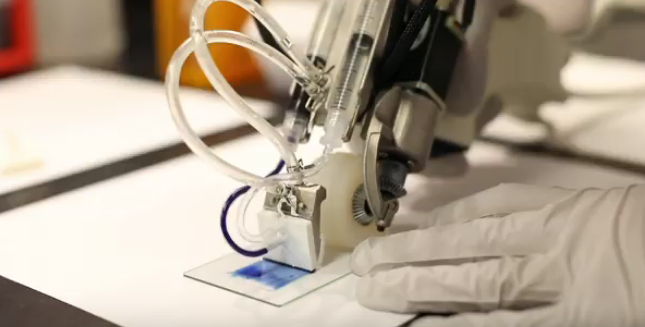Scientists from the University of Toronto have developed a new handheld device that can treat burn victims and bring in an entirely new concept of burns treatment, especially the large scale burns.
The device, which took more than a decade to be developed, will create an alternative for skin grafting and being a portable device, it can change the trauma care in hospitals, said team lead and Associate Professor Axel Guenther.
Although it is in the early stages, scientists are hopeful to put into use within five years. Presently there are two ways to treat severe burns. Whenever the burn is in a large area, it is difficult to find healthy skin to treat the patient and it of ten leads to the patient's death. The scientists believe that if the portable device can come into operation, it would save several people.

The changing innovation and design of the device
The device has had 10 redesigns before it came to the present design. In 2014, the device was as big as a microwave oven. The team unveiled the portable device in 2018 which is expected to help in the operation theatre in the future.
The scientists hope to find an alternative therapy to skin grafting. Skin grafting involves the removal of skin from an unaffected part of the body and transplanting it to the wound. Skin grafting can be a difficult task when there is a large scale burn that has affected large parts of the body.
How does the device work?
It works by printing out a biomaterial that contains mesenchymal stromal cells, stem cells. When applied to the region, it acts as a special type of cells that can promote skin regeneration and hopefully minimize the scarring.
The team had previously proved that the new device can place new skin in two minutes or less. The latest experiment was conducted on pigskin with a full-thickness burn. The biomaterial was layered on the wound which had affected the innermost and outermost layers of the skin. The device promoted the growth of the dermal cells and led to the formation of new blood vessels.
The study's co-author Guenther said that the study had previously led to the finding that depositing the cells into a burn can be possible, 'but there wasn't any proof that there were any wound-healing benefits'. With the present development, the study was able to prove that regeneration of the skin is possible. The team believes that the next step would be conducting clinical trials.









